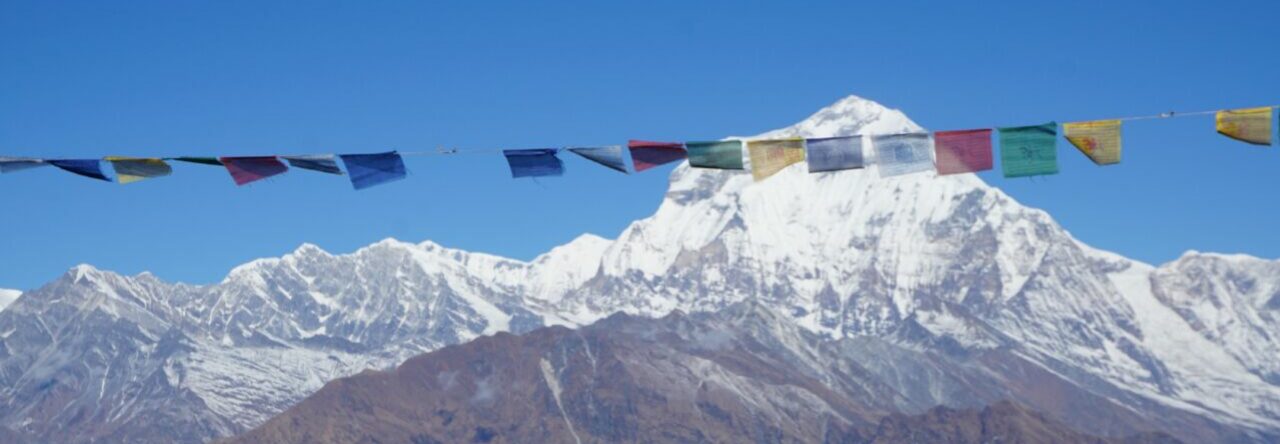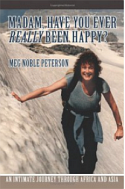I arrived in Stockholm on August 6 and was greeted by my friend, Gullvi Eriksson, who lives in a charming old high-ceilinged apartment on Gotgatan (gatan means street), a lively section of south Stockholm. The transportation system is modern and in no time we had taken a bus (high speed trains also are available) from Arlanda airport to the Central Railway Station and then on to the Slussen subway stop. The old city, or Gamla Stan (like most of the areas in Stockholm, a small island), is only a short walk from Gullvi’s apartment, so we spent the day before we left for the north looking around at famous old churches, the City Hall where the Nobel prize dinner and dance are held every Dec. 10 (Alfred Nobel’s death date), galleries, the royal palace and royal court, and tourists sitting in cafes looking at other tourists looking at the myriad statues in the many cobblestone squares. We ate at what was to become our favorite restaurant: KRYP IN, Prastgatan 17. There we had a typical meal of Swedish meatballs (it’s the spices, folks), new potatoes, salad, dark gravy, and, of course, the ubiquitous lingonberries.
The first week, from August 6 to 13, was spent hiking in northern Sweden. We took a plane to Kiruna, a large town in the north, named for a type of grouse that turns white in winter. Large images of the big birds adorned several streets (they looked like fat pigeons to me). A night in a hostel was followed by a bus ride to the small town of Jukkasjarvi (all you Swedes will have to forgive me, because I don’t have the proper accent marks in my computer lexicon) where we wandered into a red wooden church (the same deep red I saw all over Sweden) set in a pastoral wilderness, and enjoyed murals done by the artist Brur Hjort. It was decorated by handcrafts such as a huge sun mounted in the middle of the organ.
Near the church was a large tepee constructed by the Samirs, a group of indigenous people who lived in Norway, Sweden, Finland, and Russia years ago and were treated abominably upon the arrival of the Europeans…kind of like the American Indians. They were a nomadic people who herded reindeer, taking them up in the mountains in the summer to feed. Now they produce and sell delicate silver jewelry, weaving, and other handcrafts. After talking with them, we left to walk a mile through fog and drizzle to the famous Ice Hotel on the Torna River. The area reminded me of the seashore, for the climate is so harsh that the trees are small and gnarled, and it had that windswept look. There were also a lot of marshlands along the way.
Many of you may have seen a popular program on the Discovery Channel that describes the Ice Hotel built every year in this area. It is amazing! We were at the welcome center, but, of course, the hotel had already melted and all we could see were pictures. It wasn’t due to be built until the end of October, and finished in time for the Christmas season. The ice is harvested from the Torna River in April (when it’s the thickest) and architects and artists from around the world fashion a completely new design each year, which lasts as long as weather permits The ice is mixed with snow from a snow machine for insulation, and packed until it is as hard as concrete. Then the architect for the year designs, cuts, and supervises the building of it. All 88 rooms have their own individual designer or sculptor. Even the light fixtures and a large elaborate chandelier are made of ice, as is a bar and the drinking glasses. Beds can be shaped like sleighs or any number of things. The guests are given heavy sleeping bags and covers of reindeer skin. Boards go over the ice and under the bedding to keep the guests warm. A room costs about $275 a night for a suite and a little less for regular rooms. This, the 14th year of the hotel’s existence, featured, in ice sculpture, the illustrations of the famous children’s author, John Bauer. Every year there is a different theme.
Many of the sculptures are preserved as long as possible in a huge shed kept at below zero temperature. We were escorted to this “deep freeze” and given long silver insulated cloaks with attached gloves and fur-lined hoods. As we roamed around, looking at the sculptures, we were given hot, sweet lingonberry tea served on the crystal-clear ice bar.
(click here for pictures)

